- Over 1 million successful rentals
Car Hire Poland
Save time and money. We compare the offers of car rental companies in Poland on your behalf.
- Free cancellation Up to 48 hours prior to the scheduled pick up time
- Best price guarantee Have you found a better price? Let us know and we will make you a better offer.
- 24000+ pick-up locations Locations around the world
Compare Car Hire
Carrentals.co.uk offers simple and straightforward car hire comparison services. We don't add a penny to your quotes!
Car rental offers in Poland
Whether you're looking for a small rental car or a station wagon for the entire family, we will always have a suitable vehicle for the lowest price. Below are some examples from our selection in Poland.

-
wheego From£ 3 /day -
Carwiz rent a car From£ 11 /day -
Viaggiare Rent From£ 11 /day
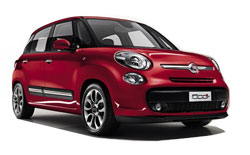
-
wheego From£ 4 /day -
Flex To Go From£ 6 /day -
Avis From£ 11 /day
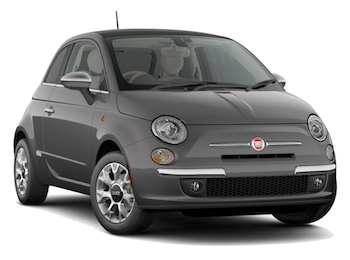
-
Flex To Go From£ 10 /day -
Avis From£ 11 /day -
Viaggiare Rent From£ 11 /day
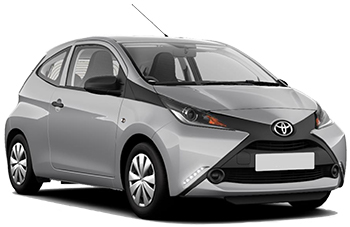
-
wheego From£ 4 /day -
Flex To Go From£ 6 /day -
Goldcar From£ 7 /day
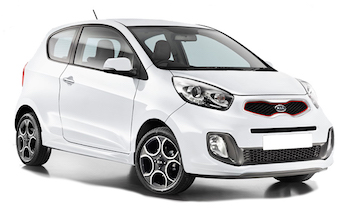
-
wheego From£ 4 /day -
Flex To Go From£ 6 /day -
Thrifty From£ 10 /day
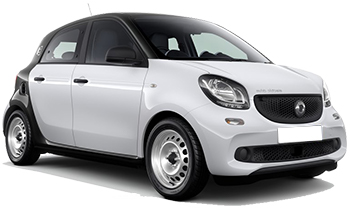
-
Flex To Go From£ 10 /day
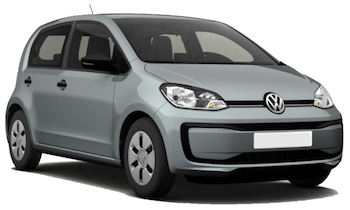
-
Carwiz rent a car From£ 6 /day
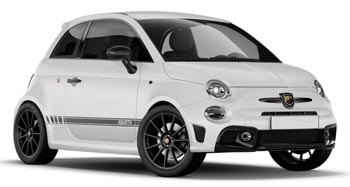
-
Flex To Go From£ 6 /day

-
Flex To Go From£ 11 /day -
wheego From£ 12 /day -
ACE Rent A Car From£ 14 /day
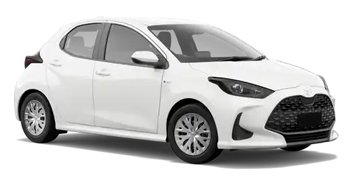
-
wheego From£ 3 /day -
Carwiz rent a car From£ 6 /day -
Alamo From£ 12 /day
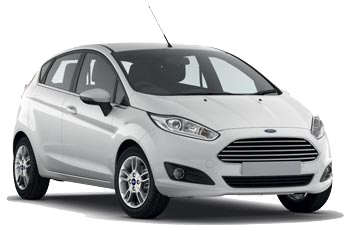
-
wheego From£ 4 /day -
ACE Rent A Car From£ 158 /day
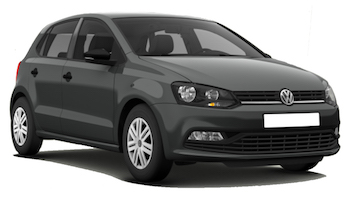
-
Flex To Go From£ 9 /day -
ACE Rent A Car From£ 14 /day -
Goldcar From£ 18 /day
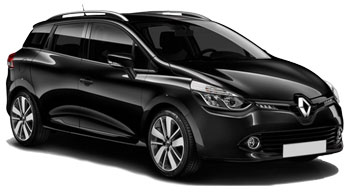
-
Express Impress From£ 4 /day -
Flex To Go From£ 9 /day -
Goldcar From£ 9 /day
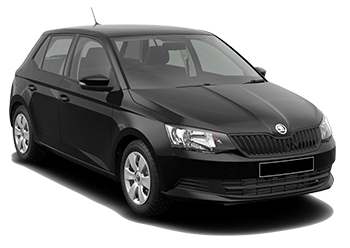
-
wheego From£ 4 /day -
Carwiz rent a car From£ 6 /day -
Goldcar From£ 8 /day
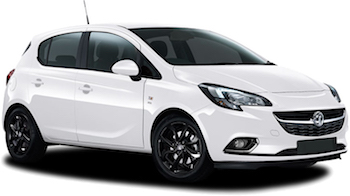
-
Flex To Go From£ 10 /day -
Autounion Car Rental From£ 14 /day -
addCarRental From£ 15 /day
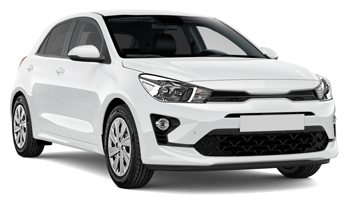
-
Carwiz rent a car From£ 6 /day -
Avis From£ 11 /day -
Budget From£ 12 /day
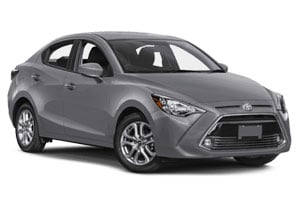
-
wheego From£ 6 /day -
Flex To Go From£ 9 /day -
Carwiz rent a car From£ 12 /day

-
Avis From£ 11 /day -
Budget From£ 19 /day -
Carwiz rent a car From£ 23 /day
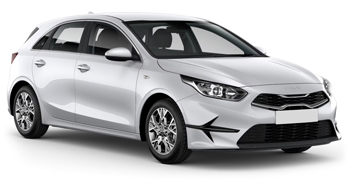
-
wheego From£ 5 /day -
Carwiz rent a car From£ 7 /day -
Flex To Go From£ 8 /day
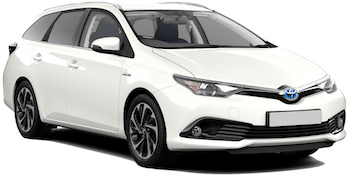
-
wheego From£ 5 /day -
Alamo From£ 15 /day
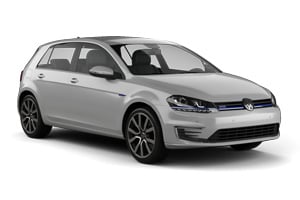
-
Flex To Go From£ 12 /day -
wheego From£ 14 /day -
Avis From£ 16 /day

-
wheego From£ 5 /day -
Flex To Go From£ 8 /day -
Avis From£ 14 /day
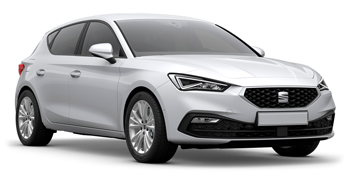
-
Carwiz rent a car From£ 7 /day -
Thrifty From£ 12 /day -
Keddy By Europcar From£ 13 /day
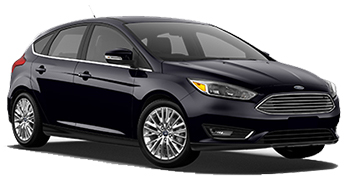
-
Flex To Go From£ 12 /day -
ACE Rent A Car From£ 17 /day -
U-Save Auto Rental From£ 19 /day
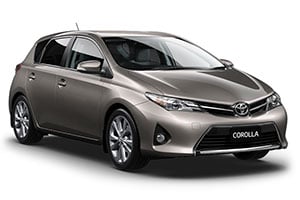
-
Carwiz rent a car From£ 7 /day -
Goldcar From£ 9 /day -
ACE Rent A Car From£ 15 /day
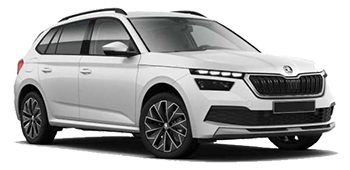
-
wheego From£ 7 /day -
U-Save Auto Rental From£ 13 /day -
Green Motion From£ 15 /day
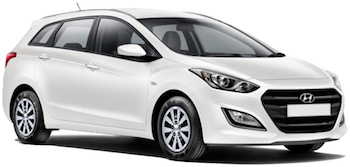
-
Flex To Go From£ 13 /day -
Kaizen Rent From£ 17 /day -
Goldcar From£ 19 /day
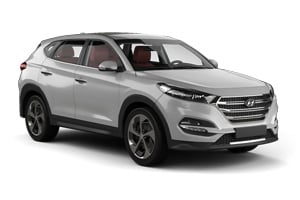
-
wheego From£ 9 /day -
Goldcar From£ 16 /day -
Green Motion From£ 22 /day
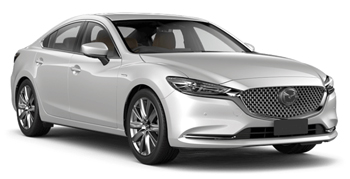
-
wheego From£ 9 /day -
Sixt From£ 27 /day -
Kaizen Rent From£ 33 /day
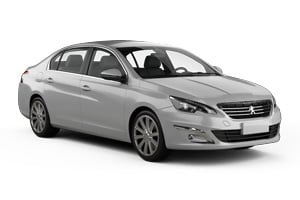
-
Flex To Go From£ 16 /day -
Sixt From£ 36 /day
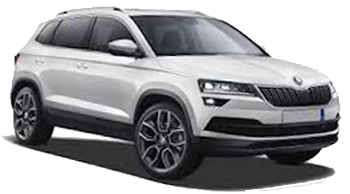
-
wheego From£ 10 /day -
addCarRental From£ 15 /day -
SurPrice car rentals From£ 20 /day
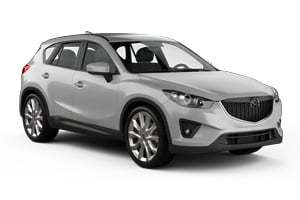
-
wheego From£ 11 /day -
Carwiz rent a car From£ 15 /day -
Car Net From£ 26 /day

-
wheego From£ 16 /day -
addCarRental From£ 23 /day
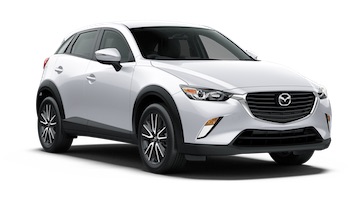
-
Carwiz rent a car From£ 12 /day
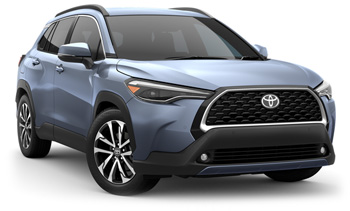
-
Carwiz rent a car From£ 12 /day

-
wheego From£ 17 /day -
Goldcar From£ 26 /day -
U-Save Auto Rental From£ 40 /day
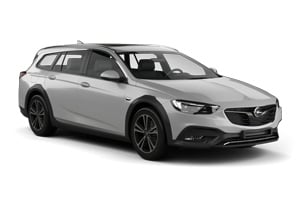
-
addCarRental From£ 13 /day -
SurPrice car rentals From£ 20 /day -
Avis From£ 25 /day
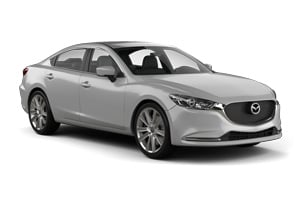
-
wheego From£ 17 /day -
Alamo From£ 25 /day -
Car Net From£ 31 /day
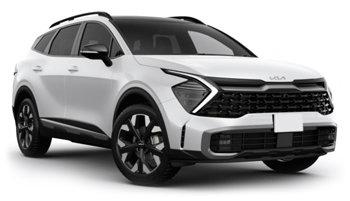
-
wheego From£ 20 /day
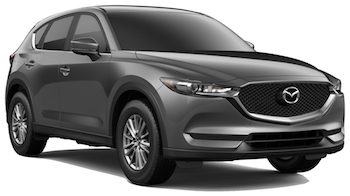
-
wheego From£ 17 /day -
Carwiz rent a car From£ 20 /day

-
wheego From£ 17 /day -
Carwiz rent a car From£ 20 /day

-
wheego From£ 20 /day -
Alamo From£ 29 /day -
Enterprise From£ 34 /day
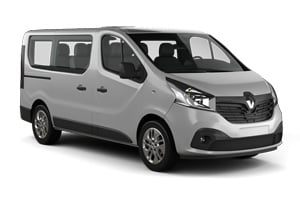
-
wheego From£ 17 /day -
Carwiz rent a car From£ 20 /day -
Flex To Go From£ 47 /day
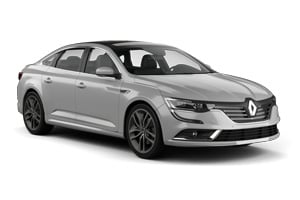
-
Express Impress From£ 17 /day -
Europcar From£ 52 /day
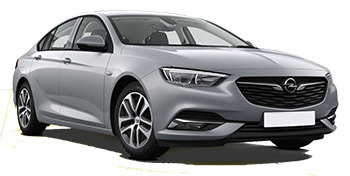
-
addCarRental From£ 21 /day -
Avis From£ 26 /day -
Budget From£ 28 /day
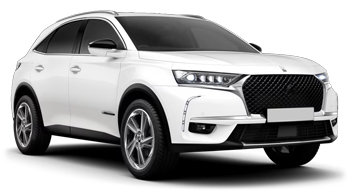
-
Viaggiare Rent From£ 14 /day

-
Viaggiare Rent From£ 13 /day

-
Flex To Go From£ 17 /day
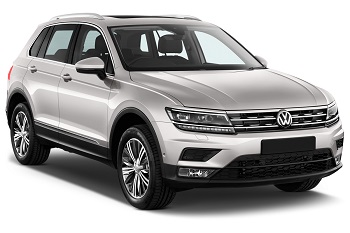
-
Flex To Go From£ 17 /day
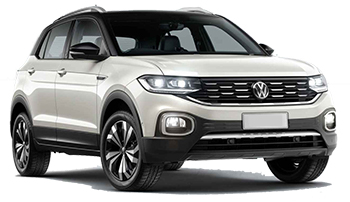
-
Flex To Go From£ 17 /day
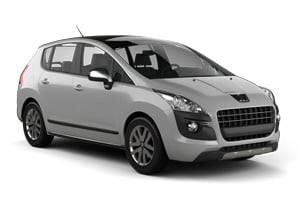
-
Flex To Go From£ 17 /day

-
Flex To Go From£ 17 /day

-
Flex To Go From£ 17 /day

-
Flex To Go From£ 17 /day
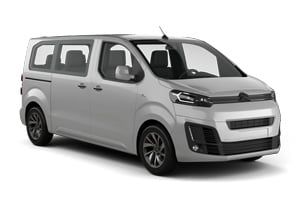
-
Flex To Go From£ 24 /day
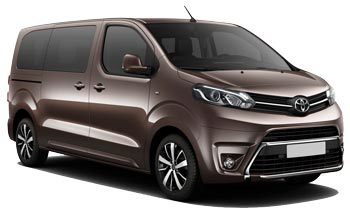
-
Flex To Go From£ 26 /day
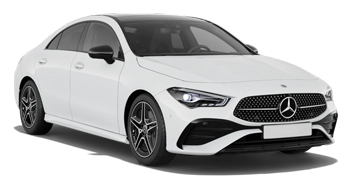
-
Alamo From£ 37 /day -
Enterprise From£ 47 /day
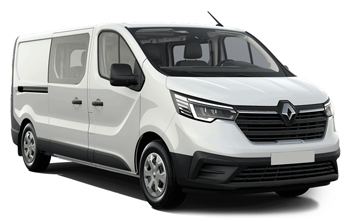
-
Flex To Go From£ 34 /day
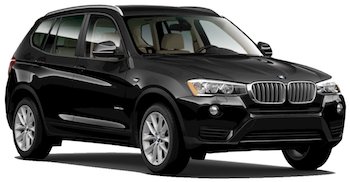
-
Flex To Go From£ 35 /day -
Car Net From£ 48 /day

-
Flex To Go From£ 37 /day

-
Flex To Go From£ 36 /day

-
Alamo From£ 36 /day -
Enterprise From£ 39 /day

-
Flex To Go From£ 44 /day

-
wheego From£ 5 /day -
Flex To Go From£ 8 /day -
Goldcar From£ 11 /day
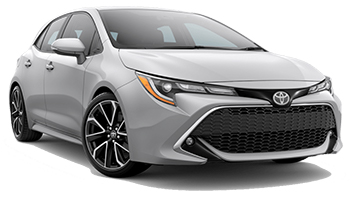
-
Carwiz rent a car From£ 7 /day -
Sixt From£ 28 /day
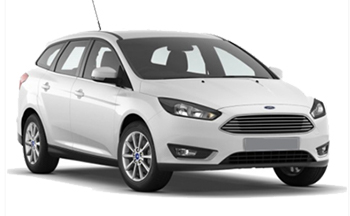
-
Flex To Go From£ 13 /day -
U-Save Auto Rental From£ 23 /day -
Green Motion From£ 23 /day
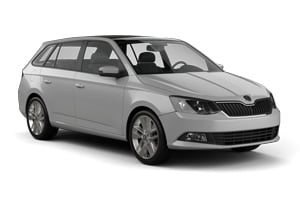
-
Goldcar From£ 8 /day -
Flex To Go From£ 9 /day -
Autounion Car Rental From£ 16 /day

-
Carwiz rent a car From£ 9 /day -
Flex To Go From£ 9 /day -
U-Save Auto Rental From£ 14 /day

-
wheego From£ 14 /day -
Alamo From£ 15 /day -
Avis From£ 16 /day
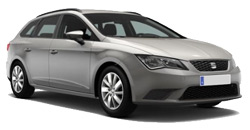
-
Carwiz rent a car From£ 9 /day -
Keddy By Europcar From£ 13 /day -
Europcar From£ 22 /day
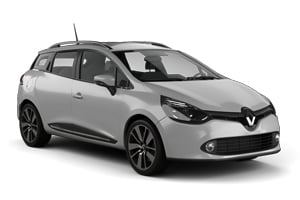
-
Flex To Go From£ 9 /day -
Keddy By Europcar From£ 12 /day -
Europcar From£ 14 /day

-
Flex To Go From£ 15 /day -
Goldcar From£ 17 /day -
Autounion Car Rental From£ 18 /day

-
wheego From£ 17 /day -
Carwiz rent a car From£ 29 /day -
Flex To Go From£ 29 /day

-
Carwiz rent a car From£ 20 /day -
Flex To Go From£ 34 /day -
wheego From£ 37 /day
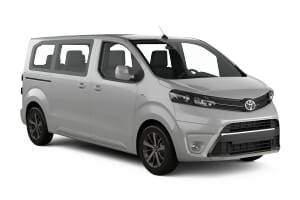
-
Alamo From£ 36 /day -
Flex To Go From£ 44 /day -
Kaizen Rent From£ 53 /day
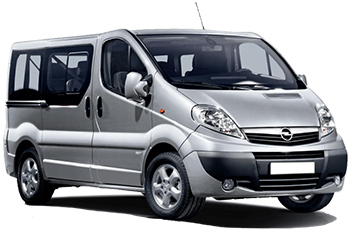
-
wheego From£ 22 /day
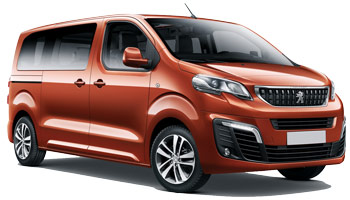
-
Flex To Go From£ 22 /day -
Sixt From£ 50 /day

-
Flex To Go From£ 37 /day

-
Flex To Go From£ 23 /day -
Alamo From£ 35 /day -
Kaizen Rent From£ 52 /day

-
Flex To Go From£ 23 /day

-
Flex To Go From£ 39 /day -
wheego From£ 50 /day -
Hertz From£ 64 /day

-
wheego From£ 3 /day -
Carwiz rent a car From£ 11 /day

-
wheego From£ 6 /day -
Carwiz rent a car From£ 12 /day -
Flex To Go From£ 12 /day

-
Viaggiare Rent From£ 13 /day

-
wheego From£ 7 /day -
Green Motion From£ 17 /day
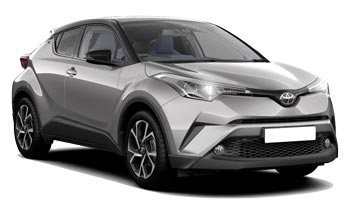
-
wheego From£ 7 /day -
Carwiz rent a car From£ 12 /day -
Alamo From£ 15 /day

-
wheego From£ 14 /day -
Flex To Go From£ 20 /day -
Kaizen Rent From£ 25 /day
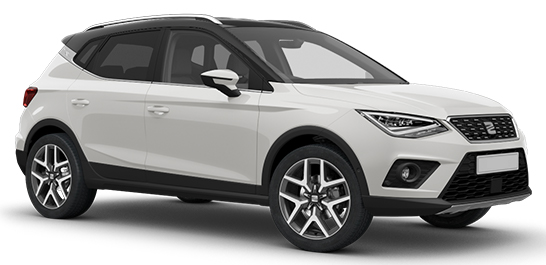
-
Flex To Go From£ 8 /day -
Keddy By Europcar From£ 15 /day -
Express Impress From£ 15 /day

-
wheego From£ 9 /day -
Goldcar From£ 16 /day -
Green Motion From£ 28 /day

-
Alamo From£ 16 /day -
Enterprise From£ 21 /day -
Flex To Go From£ 22 /day
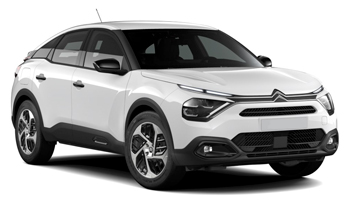
-
Avis From£ 30 /day

-
Avis From£ 30 /day
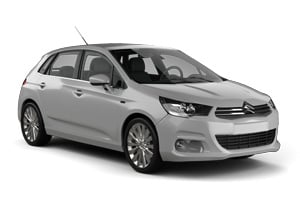
-
Budget From£ 31 /day

-
Enterprise From£ 40 /day -
Alamo From£ 42 /day

-
Budget From£ 40 /day

-
Enterprise From£ 46 /day -
Alamo From£ 65 /day
Popular cities in Poland
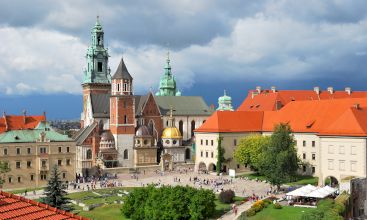
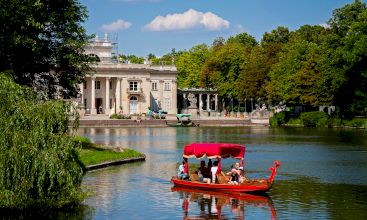
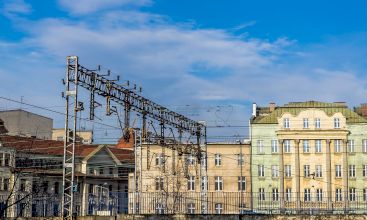
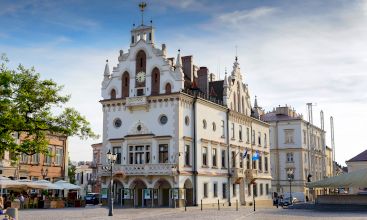
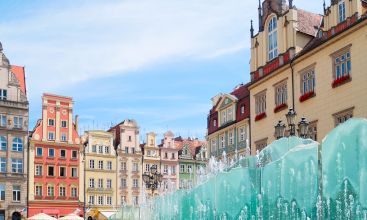
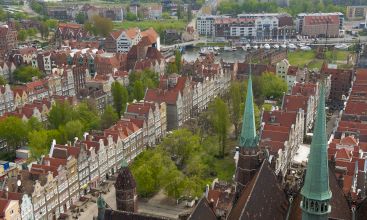
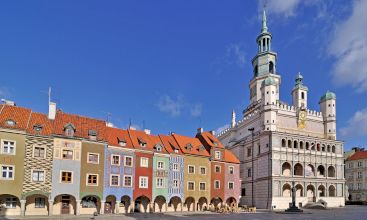
Popular rental locations in Poland
-
Car Hire Kraków Balice AirportFrom
£ 4 /day -
Car Hire Warsaw AirportFrom
£ 4 /day -
Car Hire Katowice Pyrzowice AirportFrom
£ 3 /day -
Car Hire Rzeszow AirportFrom
£ 5 /day -
Car Hire Wroclaw International AirportFrom
£ 4 /day -
Car Hire Gdańsk AirportFrom
£ 4 /day -
Car Hire Poznan Lawica International AirportFrom
£ 5 /day -
Car Hire Bydgoszcz AirportFrom
£ 5 /day

When to book a rental car in Poland
Poland - When is the most affordable time to rent a mini class car?
At this destination (Poland), February is the most affordable time to rent a mini class car with an average daily rate of
Poland - When is the most affordable time to rent a economy class car?
At this destination (Poland), February is the most affordable time to rent a economy class car with an average daily rate of
Poland - When is the most affordable time to rent a compact class car?
At this destination (Poland), February is the most affordable time to rent a compact class car with an average daily rate of
Poland - When is the most affordable time to rent an intermediate class car?
At this destination (Poland), February is the most affordable time to rent a intermediate class car with an average daily rate of
Poland - When is the most affordable time to rent a standard class car?
At this destination (Poland), February is the most affordable time to rent a standard class car with an average daily rate of
Poland - When is the most affordable time to rent a full-size car?
At this destination (Poland), February is the most affordable time to rent a full-size class car with an average daily rate of
Poland - When is the most affordable time to rent a luxury car?
At this destination (Poland), February is the most affordable time to rent a luxury class car with an average daily rate of
Poland - When is the most affordable time to rent a station wagon?
At this destination (Poland), February is the most affordable time to rent a station wagon with an average daily rate of
Poland - When is the most affordable time to rent a SUV?
At this destination (Poland), February is the most affordable time to rent an SUV with an average daily rate of
Poland - When is the most affordable time to rent a MPV?
At this destination (Poland), August is the most affordable time to rent an mpv with an average daily rate of
Poland - When is the most affordable time to rent a minivan?
At this destination (Poland), March is the most affordable time to rent a minibus with an average daily rate of
Poland - When is the most affordable time to rent a sedan?
At this destination (Poland), February is the most affordable time to rent a sedan with an average daily rate of
Poland - When is the most affordable time to rent a delivery van?
At this destination (Poland), March is the most affordable time to rent a van with an average daily rate of
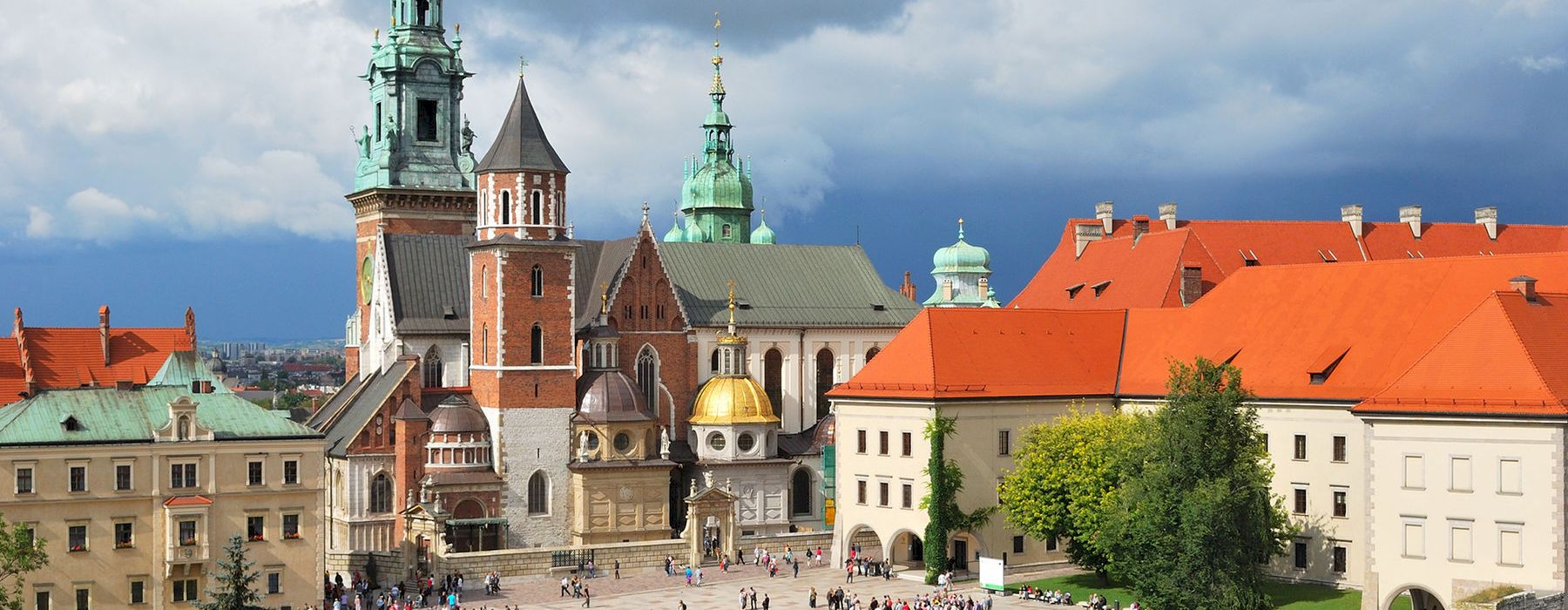
Poland Guide
Poland is best explored by rental car. Carrentals.co.uk has over 78 pick-up locations in Poland. This means there is always a pick-up location close to your destination.
Most popular car hire locations in Poland
Driving
With so much history, it’s easy to overlook Poland’s thriving modernisation. However, driving through the country showcases the best of Poland, from ancient castles and churches to bustling cities boasting nightlife and restaurants galore. In contrast, the wild countryside offers a taste of a traditional way of life. The easiest way to see all that Poland has to offer is by renting a vehicle, which allows tourists to travel at their own place.
Driving Tips for Poland
The motorway network is an extensive collection of well-maintained roads and expressways linking both the big cities and rural areas. Improvements to the roads are happening all the time. GPS is advisable for first timers, as although the countryside is stunning, it isn’t always well signposted.
Driving licences: both EU and UK driving licences are valid here, but obtaining an International Driving Licence can make renting a vehicle easier.
Which side does Poland drive on: the right.
Speed limits:
Cities: 37mph (60kph)
Outside cities: 49mph (80kmph)
Express roads: 62mph (100kph)
Motorways: 80mph (130kph)
Alcohol limits: 0.02 per cent compared with the UK limit of 0.08 per cent, with severe penalties for offenders including fines and prison time.
Driving age: although the official driving age is 18 years, you must be at least 21 years to hire a vehicle.
Seatbelts: all passengers are required by law to wear a seatbelt. Passengers under the age of 12 must sit in the rear of the vehicle and use both a seat belt and a child booster seat.
Mobile phones and GPS: driving while using a mobile phone is illegal unless using a hands-free device. GPS devices are legal and can be rented from the majority of car rental companies.
Cost of fuel in Poland: slightly cheaper than in the UK.
Car hire and fuel payment: not all petrol stations accept credit card as a form of payment, so it is wise to carry cash. Car rental companies accept major credit cards.
Insurance: car rental companies include third-party insurance, which is a legal requirement. Further insurance can be added.
Traffic and parking: the city centres see traffic congestion throughout the day and some streets are reserved for taxis. Parking is often limited and wheel clamping is common for vehicles found to be parked illegally. Foreign drivers are usually asked to pay on-the-spot fines in cash.
Transport
Trains
There are direct international connections with Germany, the Netherlands, Austria, the Czech Republic and Russia. The main national railway carriers are Intercity and PKP. There are also a number of local carriers that operate between one or two major cities. Tickets are cheap, but service is slow and uncomfortable. The IC routes which connect Warsaw with surrounding cities are among the best in the country. Fares vary depending on the company, with the difference in price between first class and second class minimal. A second class ticket from Warsaw to Warclaw costs around £15.
Taxis
It is advisable to use only official taxis, as drivers of unregulated ones are more likely to overcharge. Only use ones with the corporation logo on the side. Many hotel information desks can help tourists to order a taxi to save any unwanted problems, with locals only hailing taxis in the street as a last resort. Always ask the driver to turn the metre on. The four set tariffs reflect the time of day and whether the taxi is to travel outside of the city limits. They tend to start at around £1.50 depending on the time of day, with an increase in price according to each kilometre travelled.
Buses
International bus services from most European capitals are available through operators like Eurolines, Voyager and Simple Express. The domestic buses are significantly more comfortable than the train services, and are often faster and cheaper, too. They can be hard for tourists to navigate, largely due to the language barrier, but with a bit of perseverance it’s possible to get a bus to most areas. The bus network is made up of private bus companies and timetables are available both online and at stations. The new, western style service called Polski Bus is popular with tourists. A standard fare from Warsaw to Wroclaw is around £8.
Ferries
Ferries arrive from Denmark, Sweden, Finland and Germany with operators such as Unity Line, Polferries and Finnlines. Domestic ferry services aren’t common.
Airports
International visitors typically arrive in Warsaw, but a number of secondary airports are available including those at Krakow, Lodz and Poznan. Domestic flights are not especially popular in Poland. However, national carrier LOT Polish Airlines has a number of internal connections. A one-way flight from Warsaw to Wroclaw might cost anywhere between £50 and £90. It tends to be cheaper to fly on a weekend and travellers are advised to book in advance to get the best price.
Explore
Exploring Poland
The majority of Poland’s cities feature old centres with numerous traditional buildings. Many have been named as World Heritage sites and are well worth a look. The evidence of WWII is everywhere but despite the damage sustained during the war, many of the buildings have been expertly restored.
The capital of Warsaw is one of the best places to see Polish architecture, with the city boasting ancient walls alongside a number of palaces and churches. A short drive outside of Warsaw is Auschwitz concentration camp, a World Heritage site that stands as a monument to the atrocities of WWII.
Poland has an impressive 23 national parks, meaning natural attractions are usually just a short drive away. BiaÅowieża National Park near the Belarus border is particularly famous as it is made up of primeval forest which once covered the majority of Europe.
For those looking for adventure in the southwest, the Trail of the Eagles’ Nest takes drivers right into the Tatra Mountains. Although this route is a challenge, the views from Poland’s highest peak as well as the 25 medieval castles make it well worthwhile.
Karkonosze National Park, also in the mountainous southwest, is known for its spectacular waterfalls, while PieniÅski National Park in the south is the place to head for the Dunajec River Gorge.
Our Travel Editor’s Recommended Drives
Wroclaw to Walbrzych – Wroclaw is rife with historic sites and religious monuments. Driving out of the city and across the Walbrzych offers access to further famous historic sites, from the grand Ksiaz Castle to a number of small, picturesque churches.
Zelazowa Wola to Krakow – this is one of the most famous scenic routes in the country. It passes the birthplace of Frederic Chopin as well as Czestochowa, where tourists can visit religious monuments dating as far back as the 15th century. The route ends in Krakow, where Wawel Castle awaits.
Wroclaw to Karpniki – from the canal riddled city of Wroclaw to Karpniki, this route is a great way to see the stunning Polish countryside, with sections running along the Odra River.
Holidays and Festivals
New Year’s Day (1 January)
Easter (March/April)
Constitution Day (3 May)
National Independence Day (11 November)
All Saints’ Day (1 November)
Christmas Day (25 December)
Weather
Summer in Poland tends to start around June, with warm weather commonly accompanied by heavy rainfall. Temperatures at this time hover between 18 and 30°C. Winter starts in November, with low temperatures sometimes below freezing and heavy snowfall. The snowfall in the mountainous regions is particularly heavy, usually lasting right through until May. The peak season is between May and October, with May being the most popular time to visit for the ski resorts.
Practical Stuff
Poland Travel Tips
Poland offers old world attractions in a modern setting, and renting a car is easily the best way to see it all. Numerous reminders of WWII dot the landscape alongside ancient castles and stunning countryside. To make the trip as easy as possible, take note of the following travel tips.
Poland contact numbers
Country code - (+48)
Emergency number - 112
Ambulance - 999
Fire - 998
Police - 997
United States Embassy - +48 22 311 0000
Canadian Embassy - +48 22 584 3100
Irish Embassy – +48 22 849 663
Poland Embassy – +48 22 5213 444
National Tourist Office - +48 2253 67070
Money matters
The official currency is the Polish zloty. Other currencies can be converted at money exchange facilities or banks. Exchange facilities are commonly available at train stations but they tend to overcharge, with the best rates usually found at banks. ATMs are common in the cities and accept foreign cards. Small stores tend to only accept cash but large hotels and businesses typically have card facilities.
Health and safety
Poland is a safe country to travel in, with only the general issues of pick pocketing or theft to worry about. Tourists should keep an eye on valuables. It is safe to drink tap water, but it is advisable to stick to bottled water to be on the safe side. There are no vaccinations required to travel to Poland.
Fitting in…
Polish citizens tend to be relaxed, but following a few local customs can help tourists to fit in. If invited to someone’s home, always take a gift - flowers or vodka is customary. Always remove hats when visiting religious sites and try to dress respectfully. Handshakes are used commonly as a casual form of greeting.
Visas for Poland
EU nationals only need a valid passport to enter Poland for stays of up to three months. Passports should be valid for a minimum of six months past entry and a return flight ticket may need to be shown. For tourists from non-EU countries, a visa needs to be obtained. The easiest way to find out about the requirements is to contact your local Polish embassy.
Electricity
Poland uses electricity at 220 Volts, 50 Hertz, with standard type E sockets.
Business hours
Businesses: 07:00 13:00 and 15:00 to 17:30, Monday to Friday
Government offices: 09:00 to 17:00, Monday to Friday
Shops: 09:00 to 17:00, Monday to Saturday
Banks: 08:00 to 16:00, Monday to Friday, 09:00 to 13:00, Saturday and Sunday
Helpful phrases
Proze mi pomoc - Help me, please
Tak - Yes
Nie - No
Nie mowie popolsku - I don’t speak Polish
Przepraszam - Excuse me
Nie rozumiem - I don’t understand
Practical information
-
CurrencyPolish złoty
-
Driving directionRight
-
City speed limit50 km/h
-
Freeway speed limit90 km/h
-
LanguagePolish
-
Popular car categoryCompact
What most people want to know
The following questions and answers are a selection of the most popular questions. If you do not find the answer to your question, have a look at the Frequently Asked Questions page or contact us.
- Avis
- Rent a star
- Enterprise
- National Car Rental
- Kaizen Rent
- Viaggiare Rent
- Keddy By Europcar
- Budget
- Sixt
- MM Cars Group
- Alamo
- Hertz
- Europcar
- Autounion Car Rental
- Your Rent
- Flexicar
- U-Save Auto Rental
- Green Motion
- addCarRental
- Thrifty
- Goldcar
- wheego
- Global Rent a Car
- Panek
- ACE Rent A Car
- Flex To Go
- SurPrice car rentals
- United rent a car
- Carwiz rent a car
- Rentis
- Express Impress
- Car Net
- Go Rent
- Topcars
- OK Mobility
- OtoQ
- Royal Fleet
- Goldcar Key'n Go
- Routes
- Street Rent a Car
- McRent
- Mex Rent a Car
- Sicily by Car
- NÜ Car Rentals
- Fleet Rent a car
- InterRent
- Dollar Rent a Car